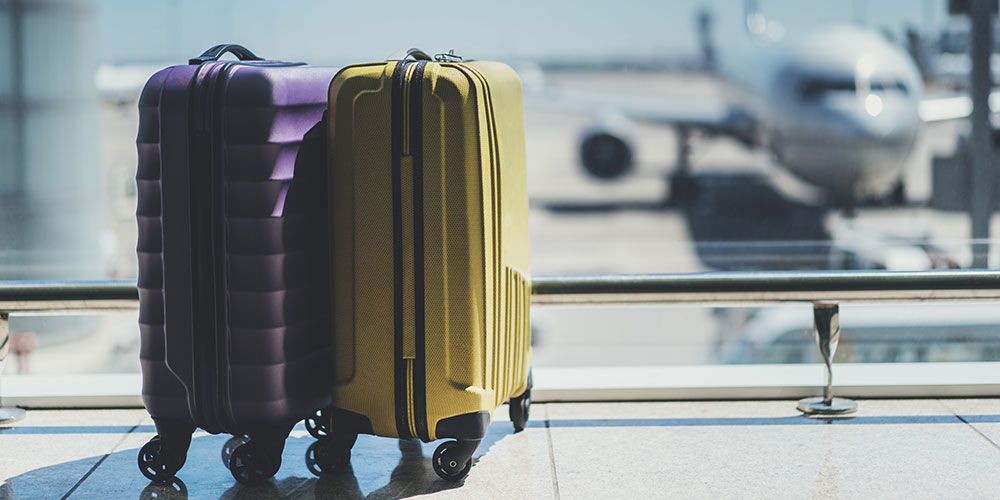
Smart Luggage: Regulations and Technology
In the world of dangerous goods regulations, frequent changes are the norm. These changes may happen for a variety of reasons. With technology constantly moving forward at a fast pace, the dangerous goods regulations often times have to update accordingly. Within the last 40 years or so, we have been introduced to a variety of new products that contain lithium-ion batteries. From laptops to smartphones, the introduction of these products into society has caused dangerous goods regulators to be in a constant foot race to keep up with the newest lithium battery powered electronics. The newest craze we see in the electronic world is the introduction of battery powered smart luggage.
What is smart luggage?
If you have ever watched The Jetsons, When George arrives at work in the introduction, his car folds down into a briefcase for him to carry inside.
While smart luggage isn’t exactly what George Jetson used, they do have many amazing features. Built-in features in smart luggage include GPS locators, weight scales that prevent over-packing, USB ports to charge your devices, and remote lock systems. Smart luggage is a game-changer in the travel industry, as they can help you navigate the airport and let you know where it is if it did not follow you to your destination. They even have the ability to follow you around the airport like a robot, which I’m sure would be George Jetson approved.
Sounds perfect right? Well, not exactly. The big elephant in the room in this case is that smart luggage are often powered by lithium-ion batteries, which has been a hot topic among air-travelers and shippers of dangerous goods in recent years.
The Problem
Although smart luggage may look like your everyday standard suitcase, often times they contain lithium-ion batteries, the same that power your smartphone and laptops. So the question is, how will these suitcases be handled on passenger and cargo aircrafts? Well, if passengers plan on bringing smart luggage on board, they will be expected to follow specific guidelines outlined by IATA. In a statement, IATA said its Dangerous Goods Board decided to restrict the carriage of smart luggage on passenger aircraft operated by its 275 member airlines around the world. The restriction will come into effect on January 15, 2018. Bags equipped with a lithium battery will only be accepted for carriage if it is possible to remove the battery from the bag. “Baggage where the lithium battery cannot be removed is forbidden for carriage on IATA member airlines” an IATA spokesman said. Bags with the battery installed must be transported as carry-on luggage.
In addition, beginning January 15, 2018, American Airlines will be the first major airline to ban passengers from checking in their smart luggage, according to Ross Feinstein, an airline spokesperson. “We’ve looked at the prevalence of these bags as they most likely are going to be a hot item, no pun intended, this holiday season,” he said. “We have nothing against a smart bag, we understand customers like them, but the airline also has to make sure they are safe to transport … Just make sure the battery is removable,” he continued. “If it’s not removable, we won’t be permitting it to fly in the cargo hold or in the cabin.” Fortunately in most cases, batteries in these items are fairly easy to remove. The main issue here is that passengers may be unaware of the new rules being implemented on these items, which can surely cause delays and confusion at the airports. Your best bet if you are unsure on whether or not a new lithium ion device can board the airplane, is to check with airlines in advance. If you have additional questions regarding lithium ion battery items or other dangerous goods, feel free to contact ICC Compliance Center.
Sources:






 ICC USA
ICC USA ICC Canada
ICC Canada